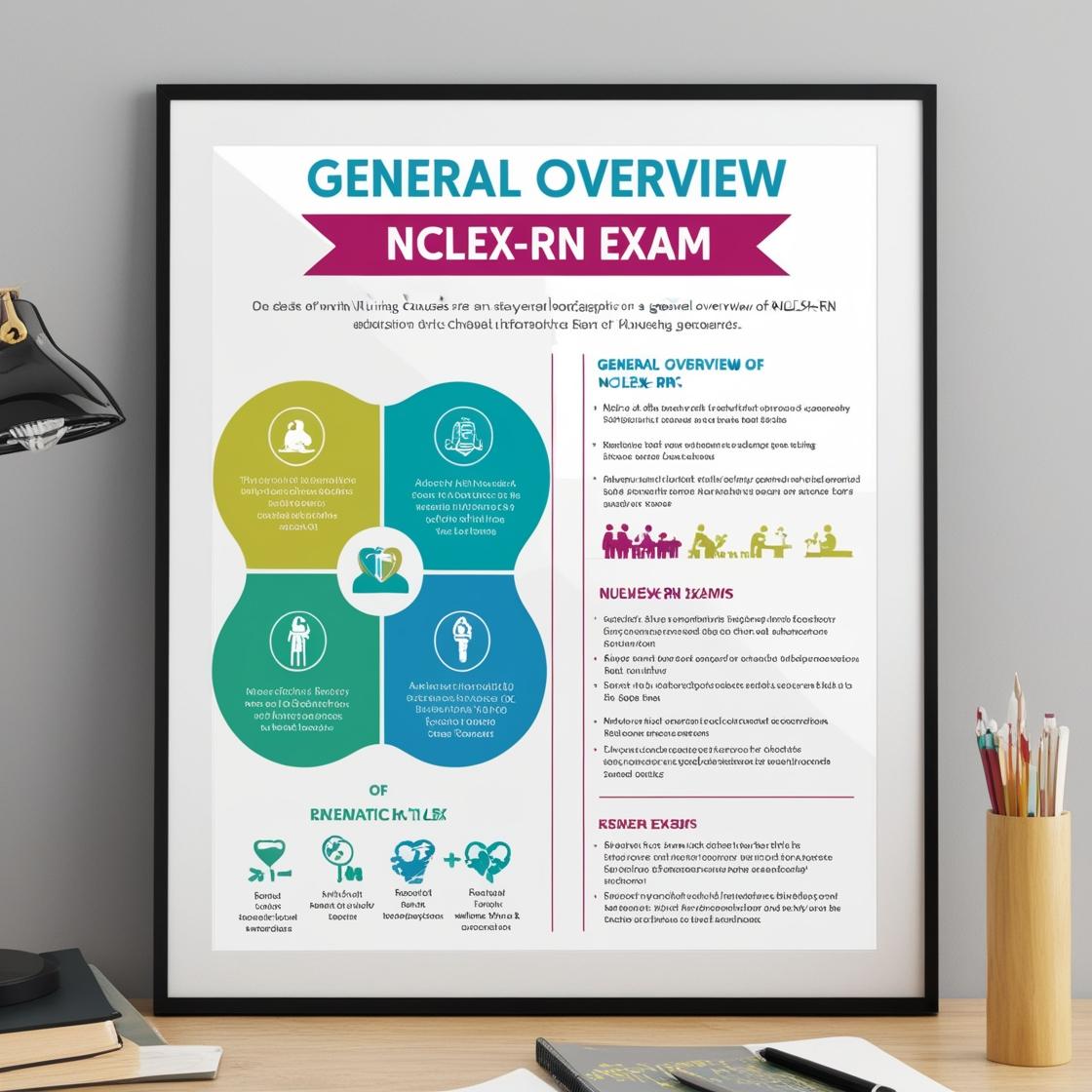NCLEX-RN
NCLEX RN Prioritization Questions
1. A 64-year-old patient with amyotrophic lateral sclerosis (ALS) is hospitalized with pneumonia. Which nursing action will be included in the plan of care?
- A. Assist with active range of motion (ROM).
- B. Observe for agitation and paranoia.
- C. Give muscle relaxants as needed to reduce spasms.
- D. Use simple words and phrases to explain procedures.
Correct answer: A
Rationale: In a patient with ALS, progressive muscle weakness is a significant issue. Assisting with active range of motion (ROM) exercises will help maintain muscle strength for as long as possible. Agitation and paranoia are not typically associated with ALS, making choice B incorrect. Giving muscle relaxants can further weaken muscles and depress respirations, worsening the condition, so choice C is inappropriate. Choice D is not directly related to the patient's physical condition and needs.
2. Which factors will the nurse consider when calculating the CURB-65 score for a patient with pneumonia? (Select one that does not apply)
- A. Age
- B. Blood pressure
- C. Respiratory rate
- D. Oxygen saturation
Correct answer: D
Rationale: The correct answer is 'Oxygen saturation.' When calculating the CURB-65 score for a patient with pneumonia, the factors considered include mental status (confusion), BUN (elevated), blood pressure (decreased), respiratory rate (increased), and age (65 and older). Oxygen saturation is not used in the CURB-65 scoring system. While blood pressure, respiratory rate, and age are factors that are used in the calculation of the CURB-65 score, oxygen saturation is not part of the scoring criteria. Therefore, oxygen saturation is the factor that does not apply when calculating the CURB-65 score.
3. A client is found unresponsive in his room by a nurse. The client is not breathing and does not have a pulse. After calling for help, what is the next action the nurse should take?
- A. Administer 2 ventilations
- B. Perform a head-tilt, chin lift to open the airway
- C. Begin chest compressions
- D. Perform a jaw thrust to open the airway
Correct answer: C
Rationale: After finding an unresponsive client who is not breathing and has no pulse, the nurse's immediate action should be to call for help and start chest compressions. Chest compressions should be initiated at a rate of at least 100 per minute and a depth of at least 2 inches. Choice A, administering ventilations, is not the initial step as compressions take priority. Choice B, performing a head-tilt, chin lift, is also not the first step; chest compressions are crucial before airway management. Choice D, performing a jaw thrust, is typically used in cases of suspected cervical spine injury and is not the immediate action in this scenario.
4. A patient with severe mitral regurgitation and decreased cardiac output is being cared for by a nurse. The nurse assesses the patient for mental status changes. What is the rationale for this intervention?
- A. Decreased cardiac output can cause hypoxia to the brain
- B. Mental status changes may be a side effect of the patient's medication
- C. Mitral regurgitation is a complication associated with some neurological disorders
- D. The patient may be confused about his diagnosis
Correct answer: A
Rationale: When caring for a patient with severe mitral regurgitation and decreased cardiac output, assessing for mental status changes is crucial. Decreased cardiac output can lead to inadequate perfusion and oxygenation of vital organs, including the brain, resulting in hypoxia. This hypoxia can manifest as mental status changes such as confusion, restlessness, or lethargy. Therefore, monitoring mental status helps in identifying potential hypoxic states and guiding appropriate interventions. The other options are incorrect as they do not directly correlate decreased cardiac output with potential hypoxia-induced mental status changes.
5. A patient who was admitted the previous day with pneumonia complains of a sharp pain of 7 (based on a 0 to 10 scale) whenever taking a deep breath. Which action will the nurse take next?
- A. Auscultate breath sounds.
- B. Administer PRN morphine.
- C. Have the patient cough forcefully.
- D. Notify the patient's healthcare provider.
Correct answer: A
Rationale: The patient's complaint of sharp pain when taking a deep breath is concerning for pleurisy or pleural effusion. The nurse should auscultate breath sounds to assess for a pleural friction rub or decreased breath sounds, which could indicate these conditions. It is crucial to gather assessment data before initiating any pain medications. Asking the patient to cough forcefully may exacerbate the pain and should be avoided until further assessment. Contacting the healthcare provider should be based on the assessment findings; therefore, it is premature to notify the provider without conducting a thorough assessment first.
Similar Questions

Access More Features
NCLEX RN Basic
$69.99/ 30 days
- 5,000 Questions with answers
- Comprehensive NCLEX coverage
- 30 days access @ $69.99
NCLEX RN Premium
$149.99/ 90 days
- 5,000 Questions with answers
- Comprehensive NCLEX coverage
- 30 days access @ $149.99
